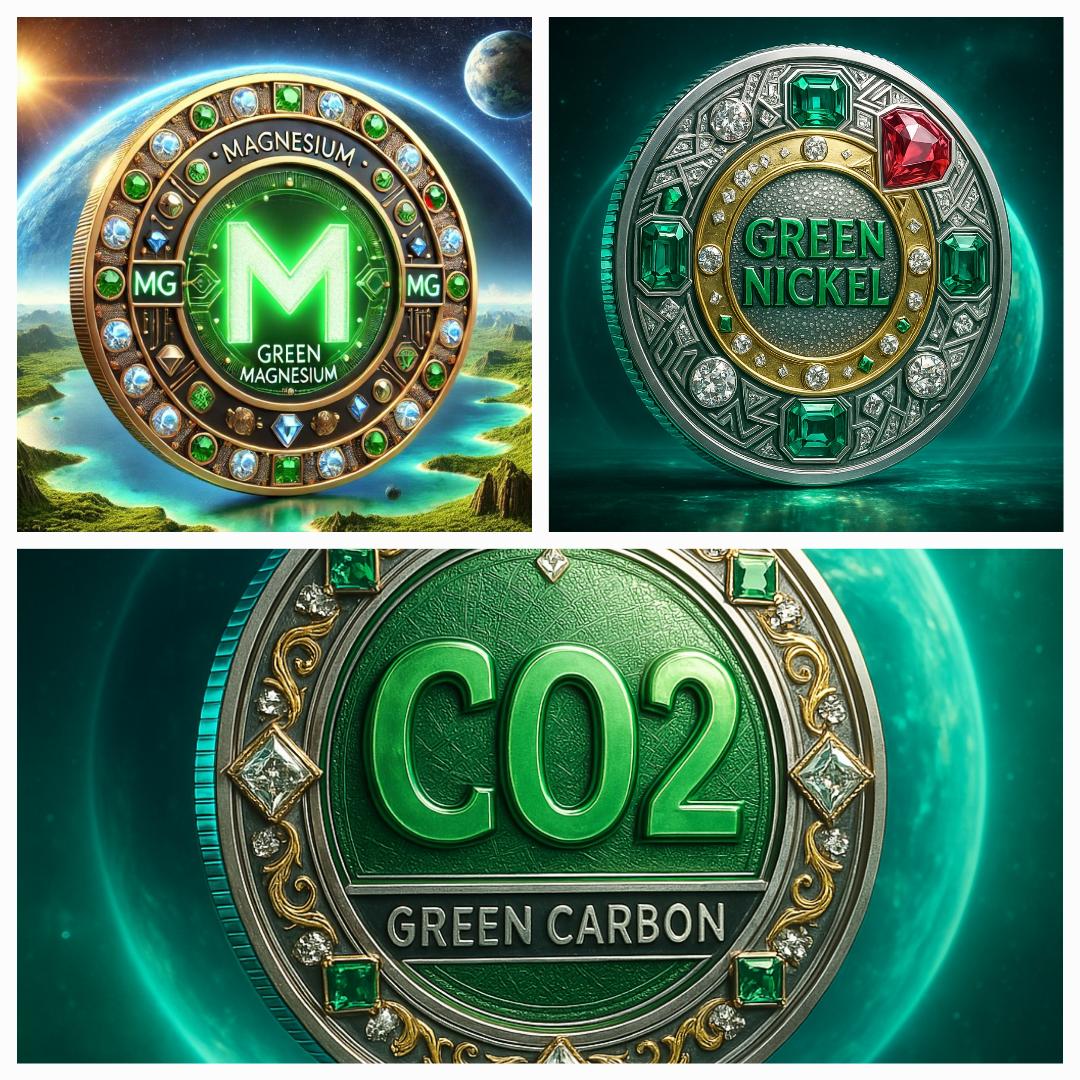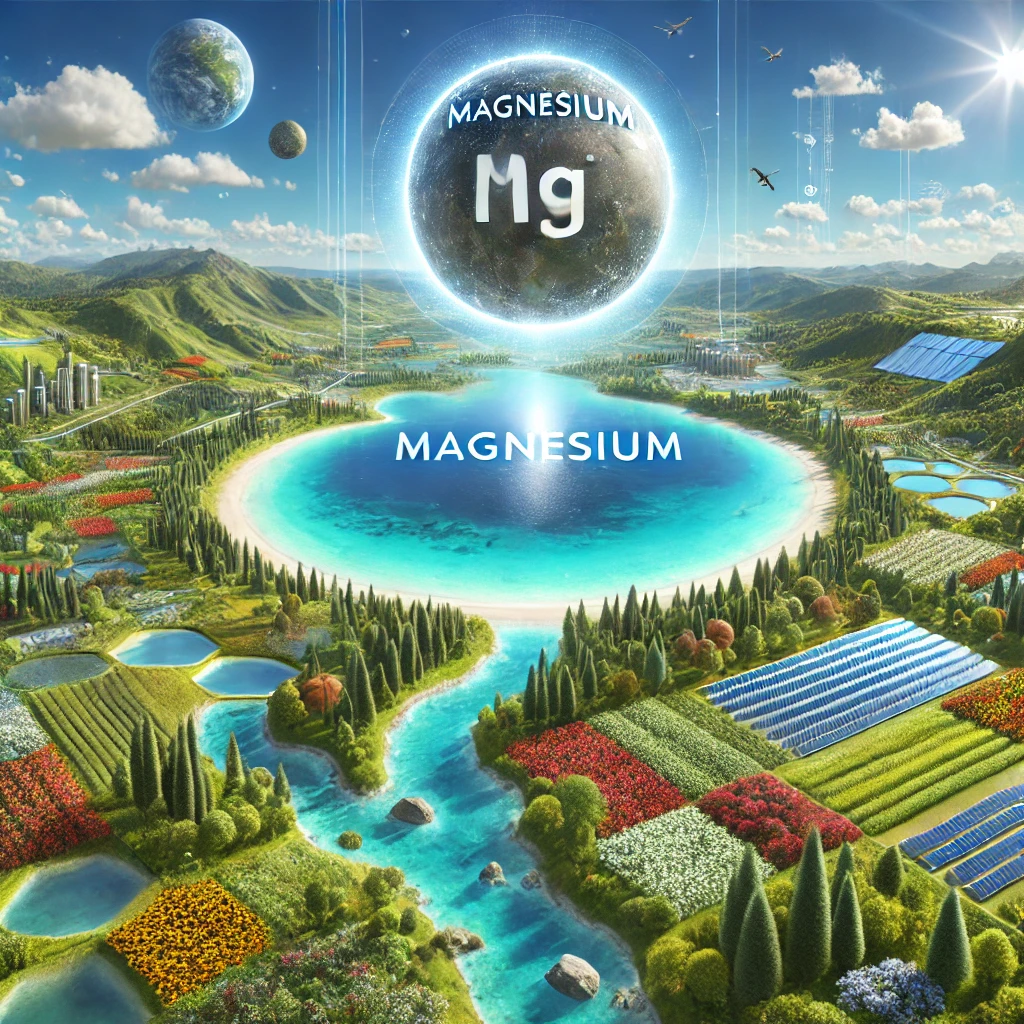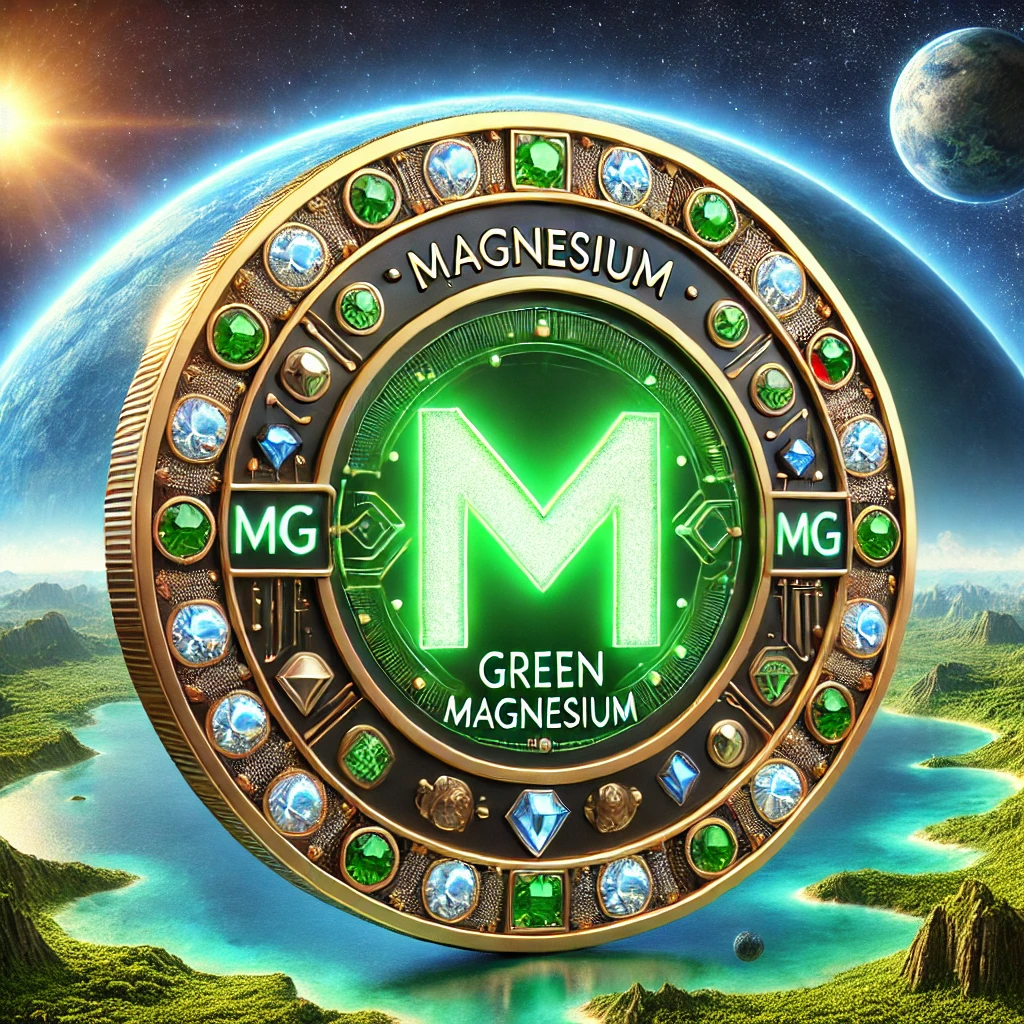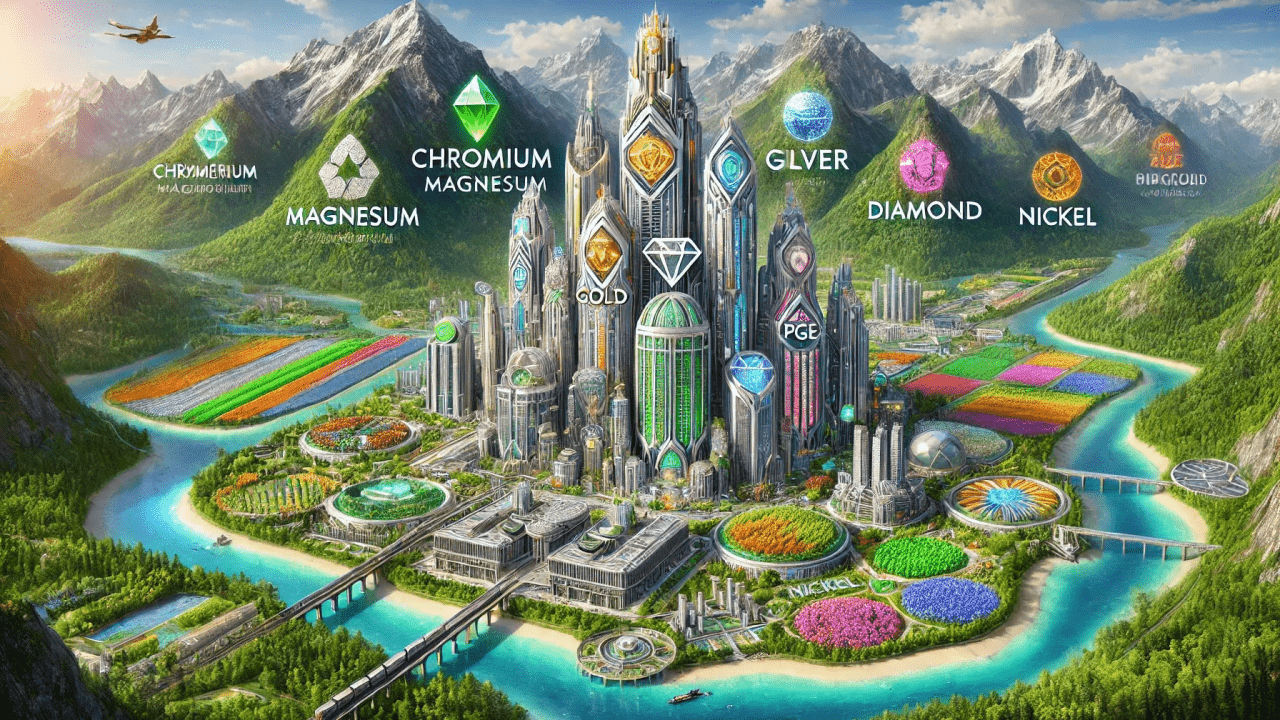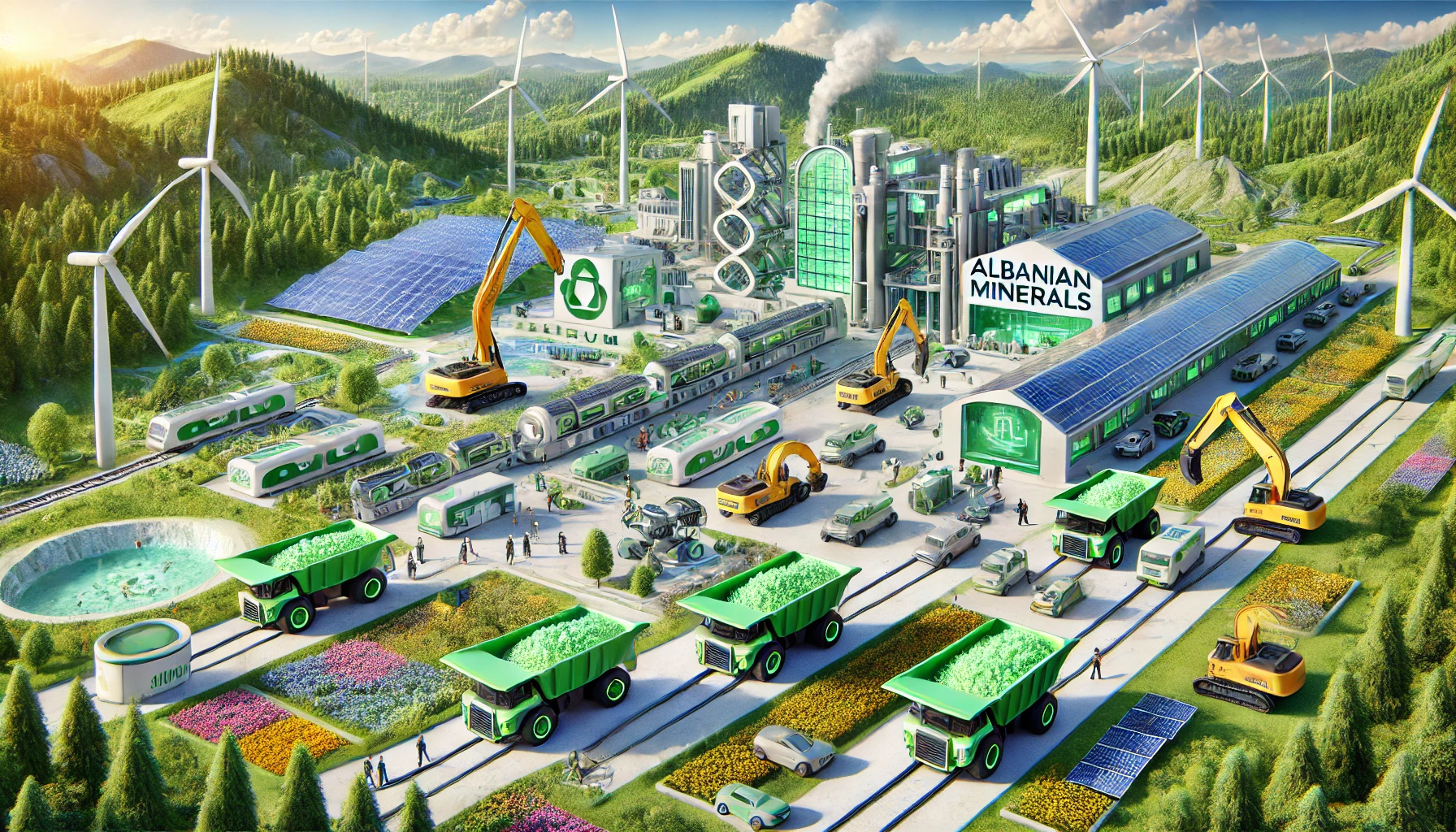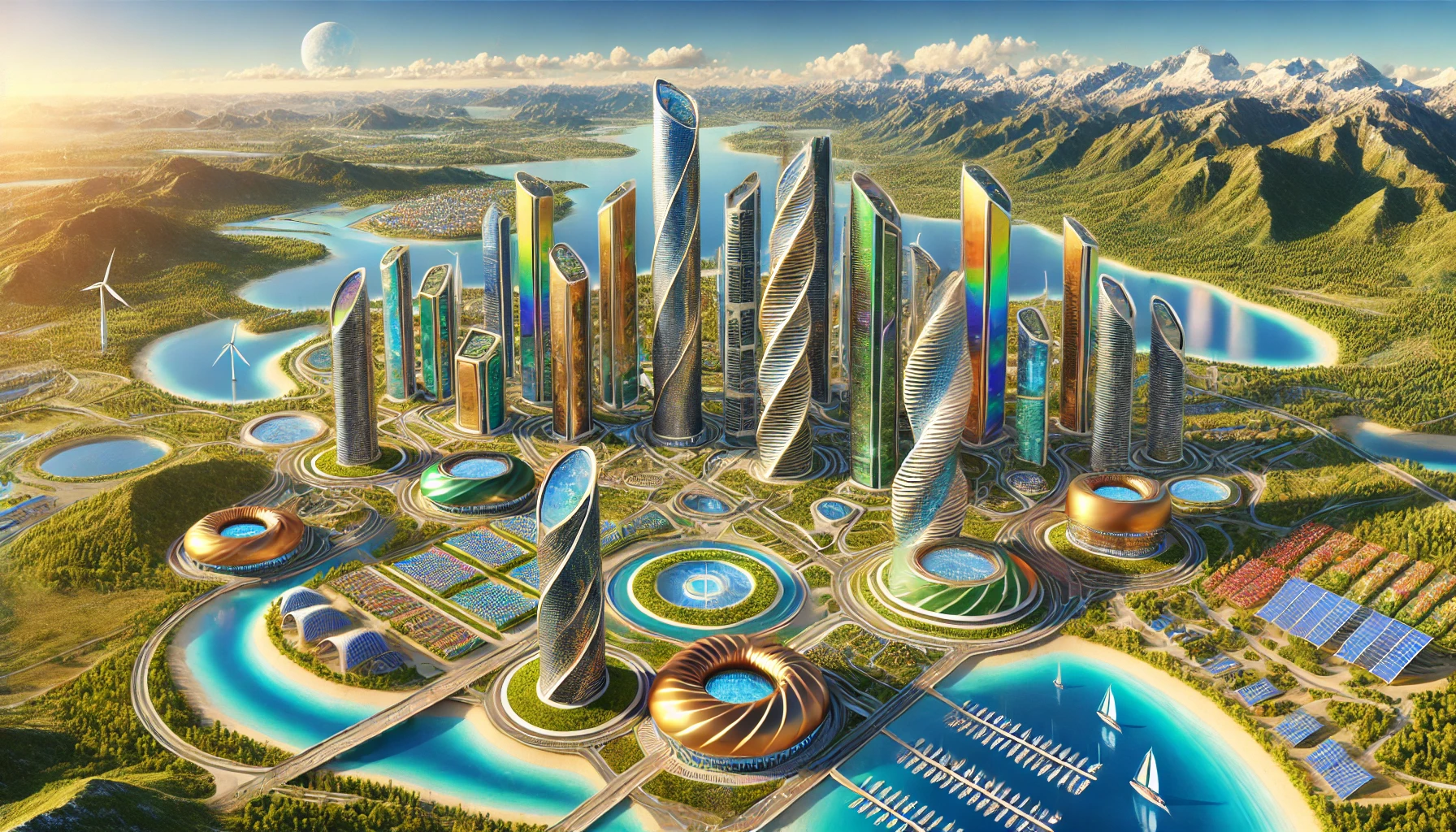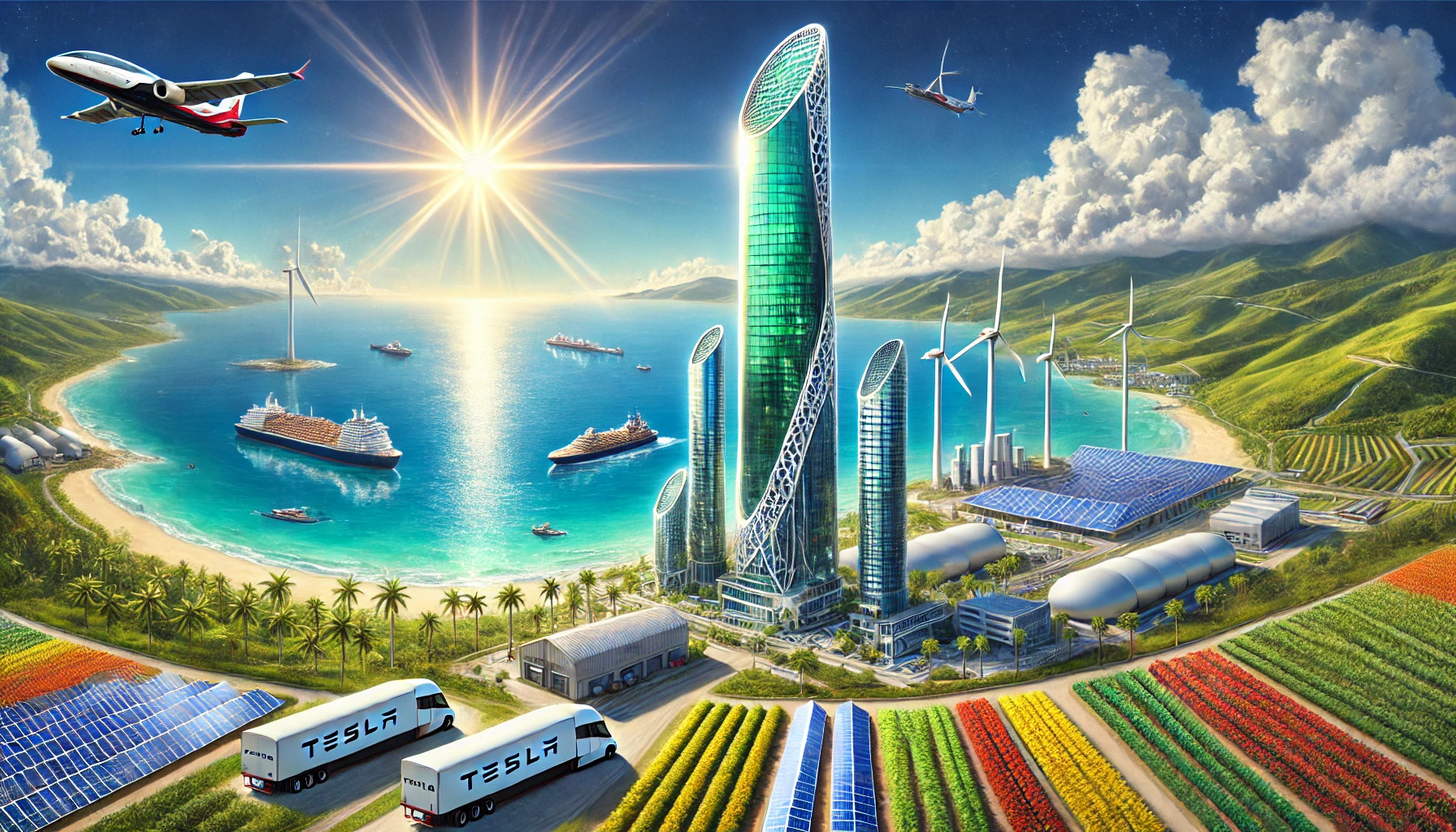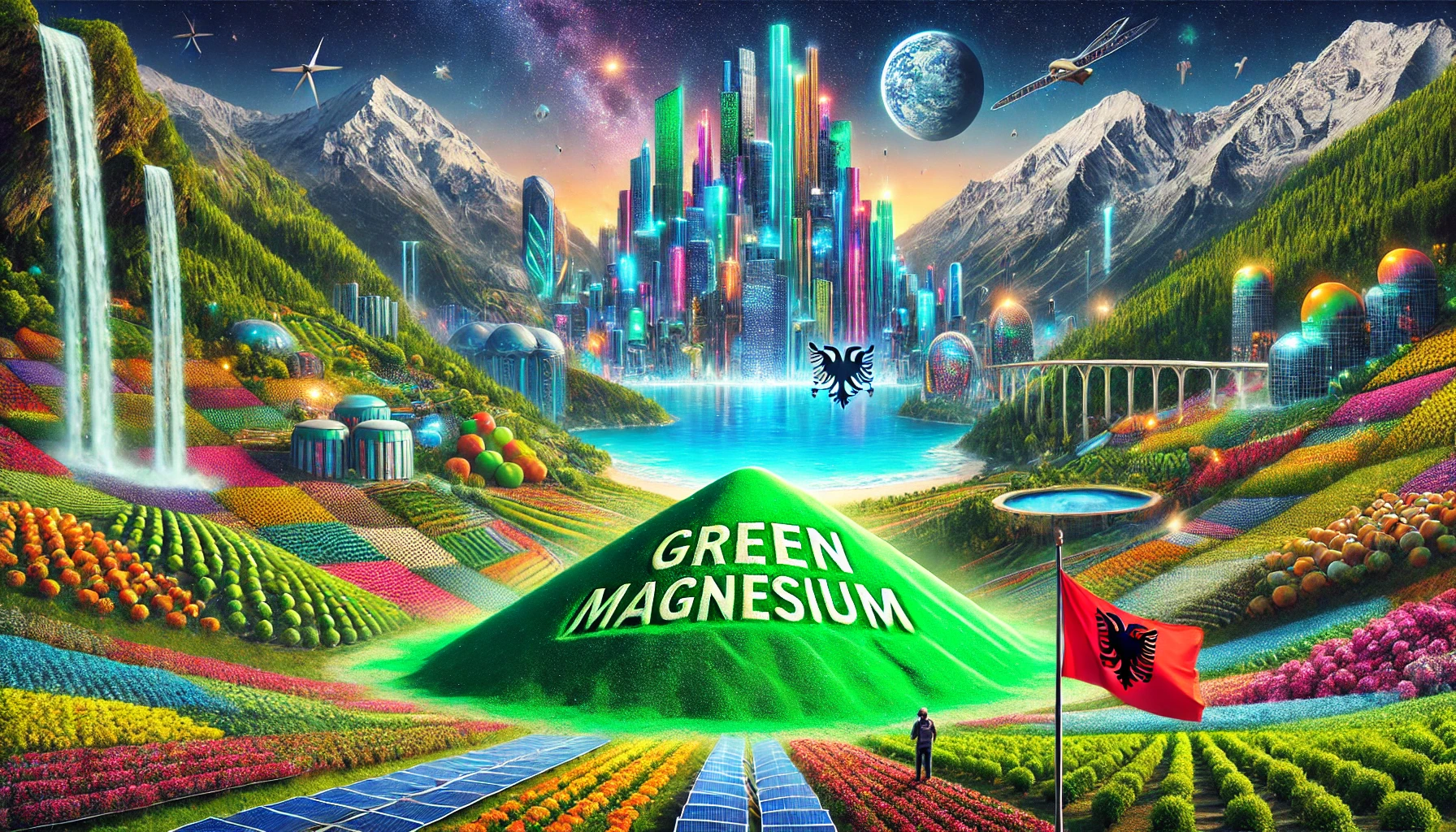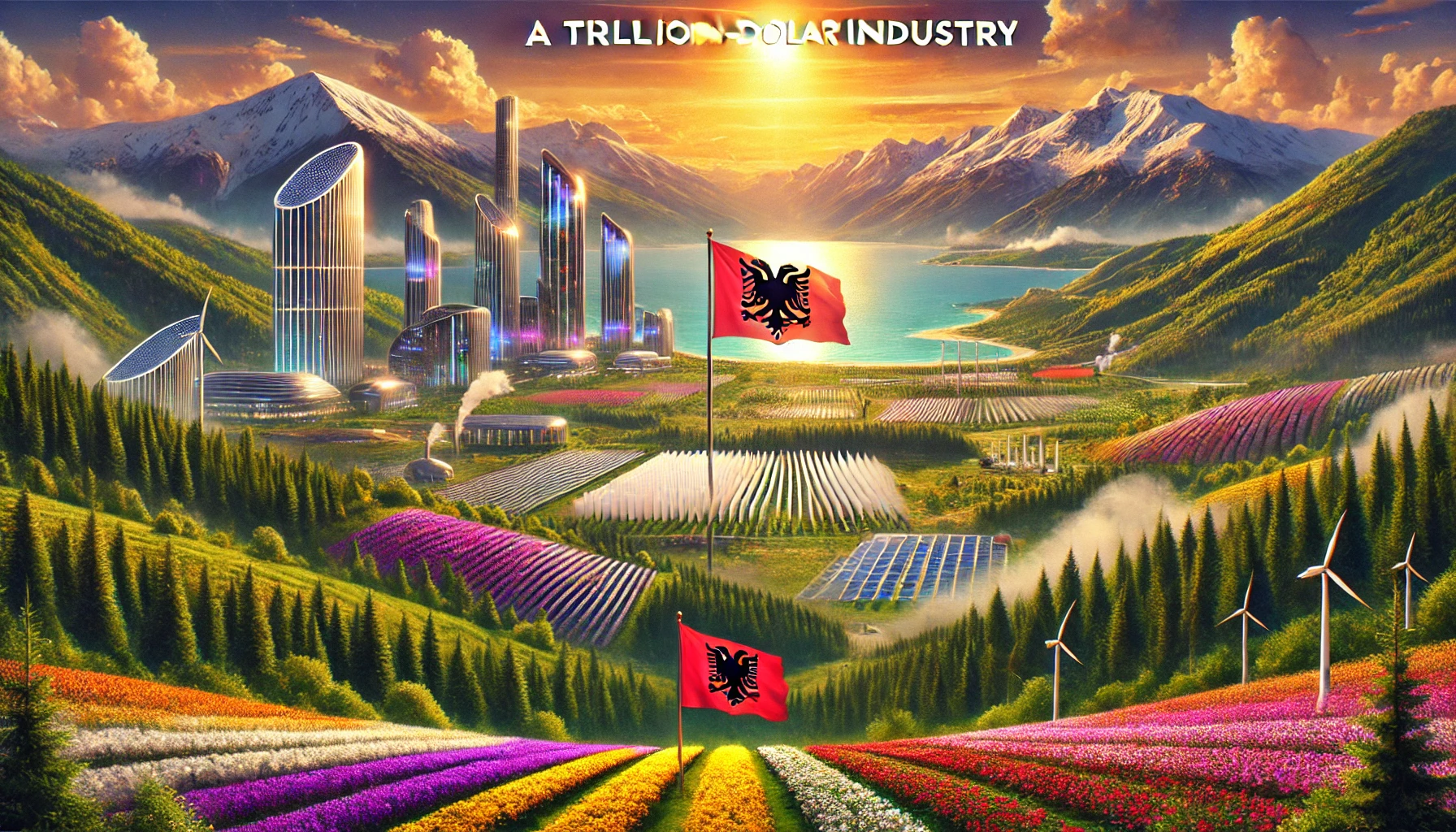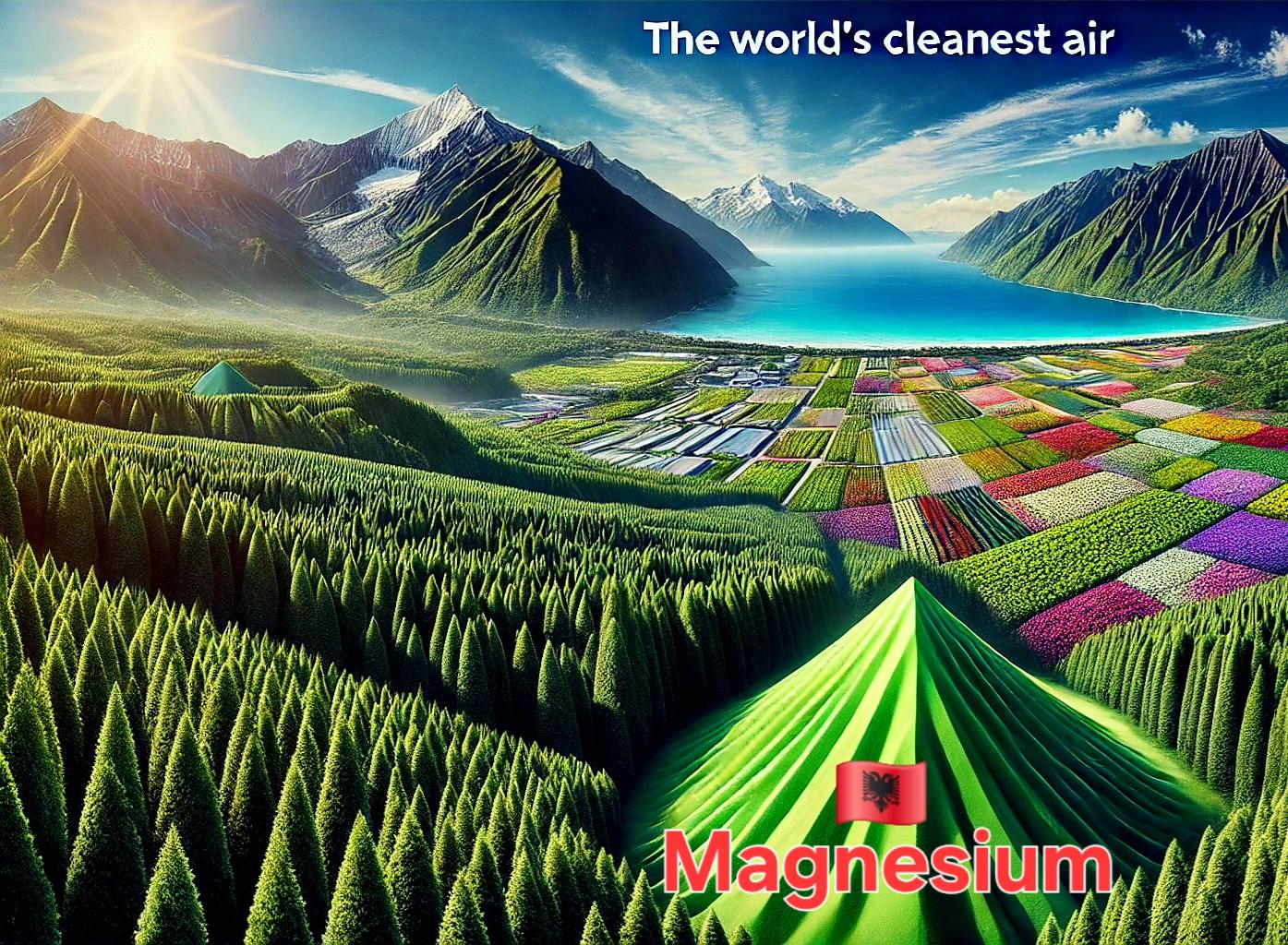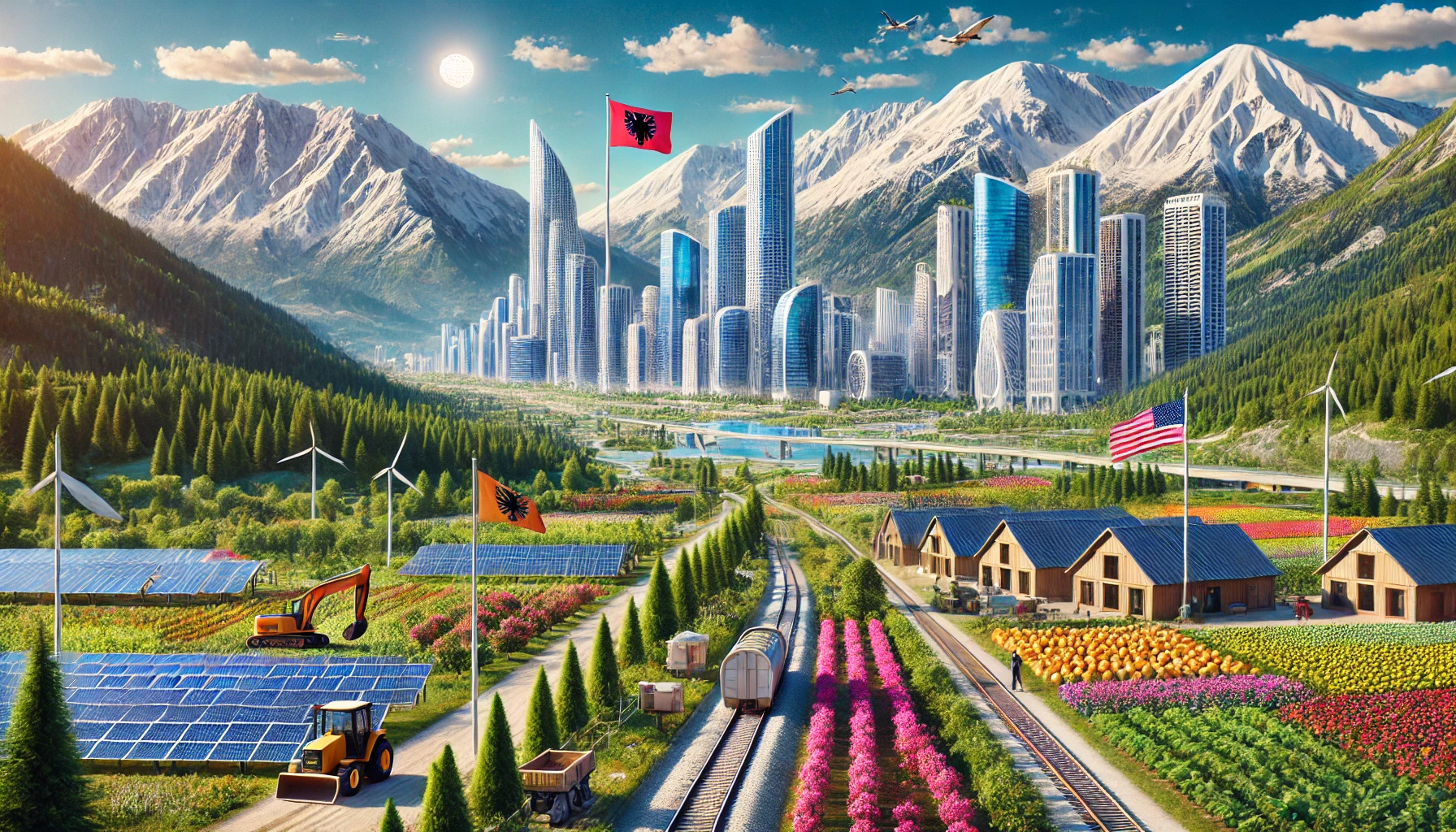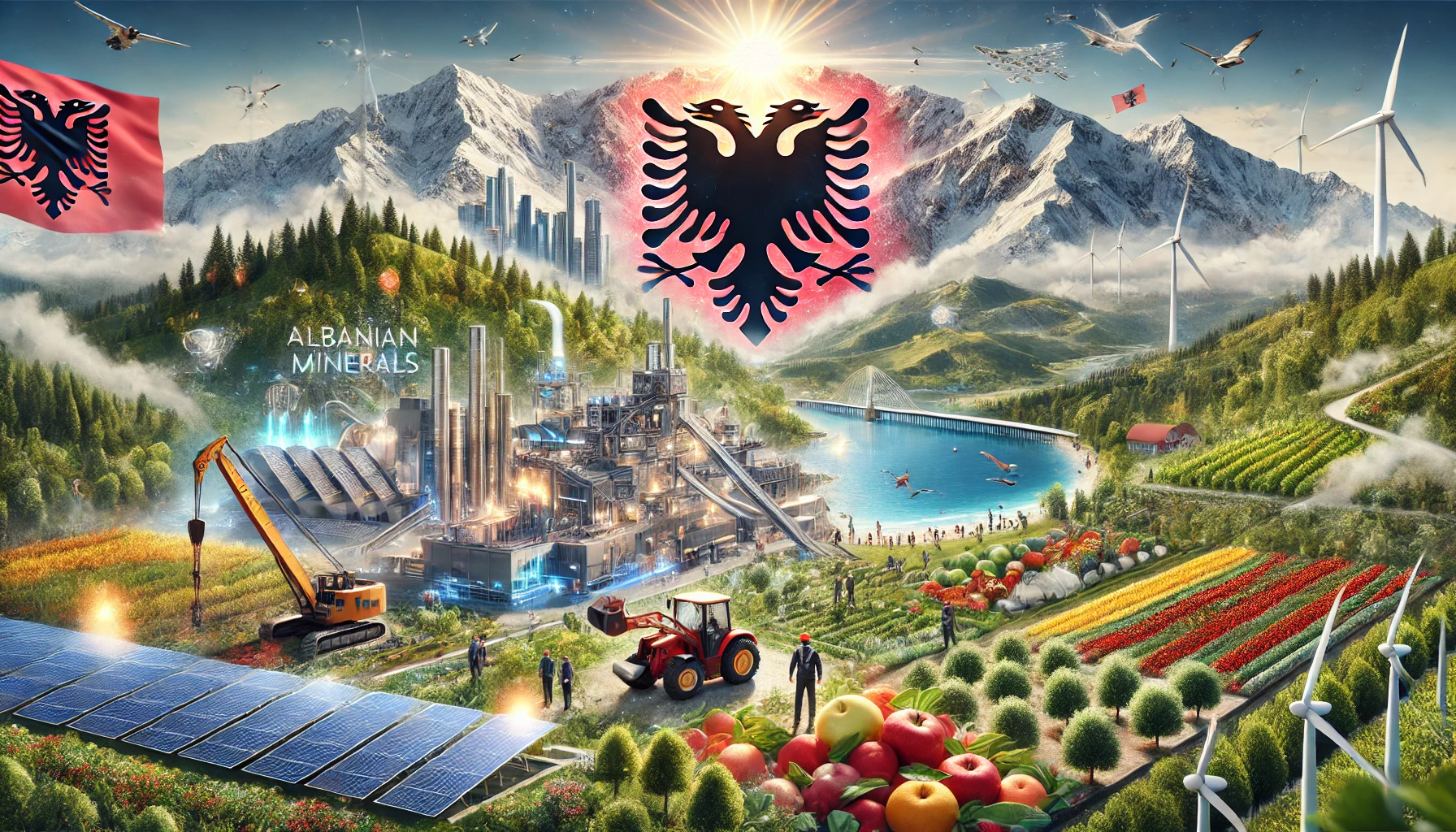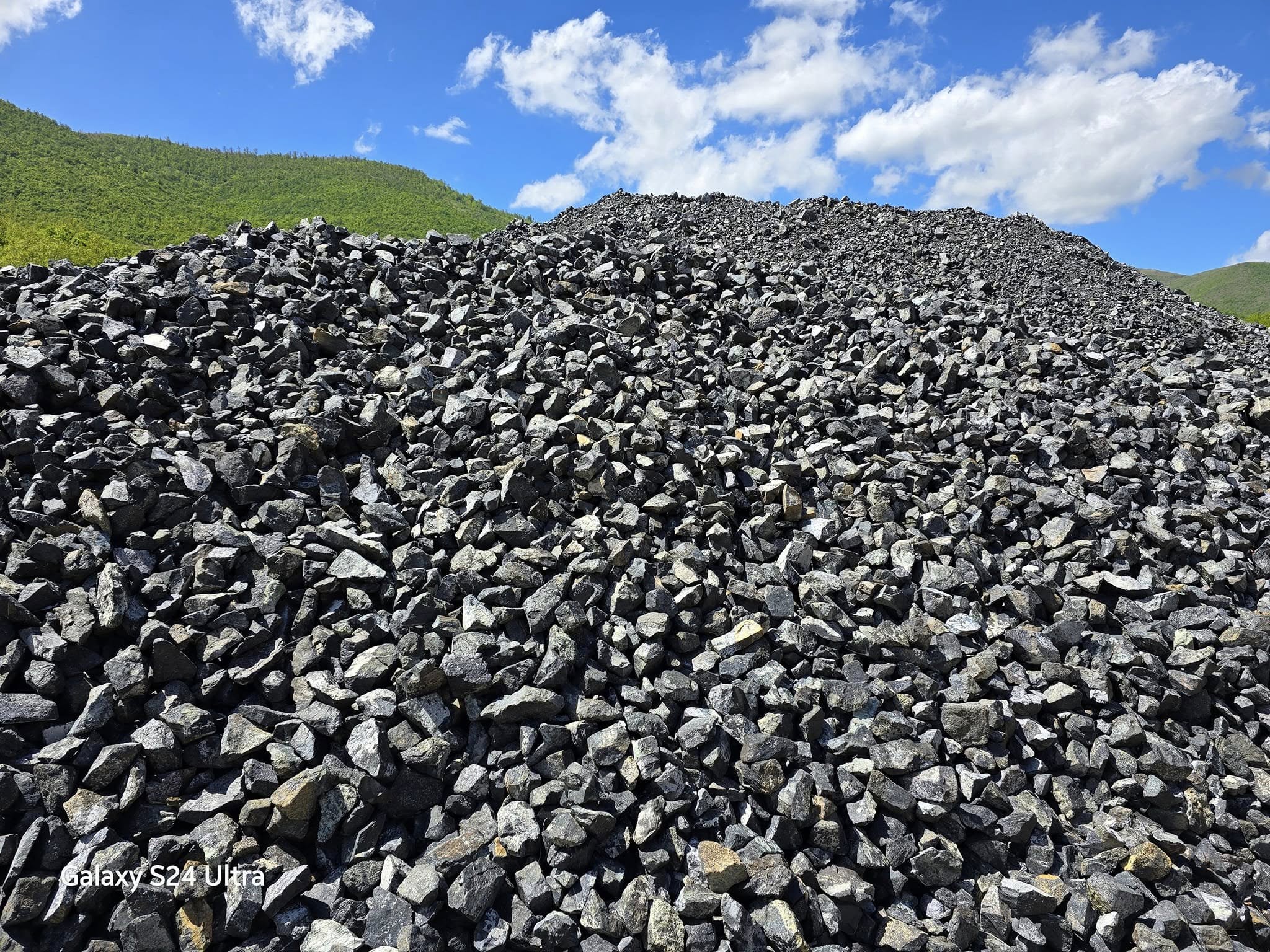

In the monumental shift toward a low-carbon world, minerals and rare earth elements have risen to the forefront as the fundamental building blocks of progress. Their role in the green revolution cannot be overstated, as they are the invisible yet indispensable force driving the global transition toward clean energy. To explore the intricate interplay of these elements and the growing need for their sustainable extraction, we turn to the expertise of Sahit Muja, CEO of Albanian Minerals. His reflections shed light on the pivotal role of these materials, offering profound insights into the challenges and opportunities inherent in securing their supply for a sustainable future.
The Green Revolution, much like the world itself, is a mosaic, with each mineral and rare earth element contributing its unique properties to the overall structure. Elements such as lithium, cobalt, copper, and nickel, alongside rare earths like neodymium and dysprosium, are the backbone of technologies that promise to mitigate climate change, from electric vehicles (EVs) to renewable energy systems and the power grids that sustain them. Yet, this rapid transition has revealed a critical supply-demand gap—one that poses a significant risk to achieving the ambitious global climate goals we have set for ourselves.
In the words of Sahit Muja, the industry must confront an urgent need to accelerate mineral production, with a particular focus on rare earth elements essential to low-carbon technologies. He underscores the monumental scale of this challenge, with projections indicating that demand for critical minerals will outpace supply in the coming years. The call for action is clear: we must diversify our sourcing strategies, reduce dependence on singular suppliers, and foster collaborative, sustainable practices that promote a more resilient global supply chain.
The quest for self-sufficiency in rare earth elements is no small feat. Currently, China dominates the production of many of these crucial materials, leading to a situation where geopolitical tensions could disrupt the delicate balance needed for global energy transition. Sahit Muja emphasizes the need for a diversified approach to the mining and processing of these minerals, one that minimizes risk and spreads production across various global regions. This diversification is not merely an economic or geopolitical necessity; it is an imperative for the sustainability of the green revolution itself.
As we delve deeper into the green revolution, we also encounter the sobering reality that the current rate of extraction is insufficient to meet the accelerating demand. The “Securing Minerals for the Energy Transition” (SMET) initiative offers a roadmap for addressing these risks, emphasizing the importance of social acceptance, standardization, innovative financing models, and a circular economy approach to mineral extraction. Moreover, it calls for coordinated action among regulators, industry leaders, and financial institutions to ensure a stable and accessible supply of these vital resources.
The urgency is underscored by the continuing rise in electric vehicle sales, which are driving demand for critical minerals, especially nickel. This shift is not merely a trend but a tectonic transformation in how society approaches mobility and energy storage. The increasing reliance on battery technologies powered by nickel, magnesium, and cobalt means that companies like Albanian Minerals are poised to play a transformative role. Their focus on eco-friendly metal grades tailored for the energy storage and battery industries positions them as key players in the green transition. With secure reserves of these critical minerals, Albanian Minerals is not only preparing to meet demand but also to lead the charge toward more sustainable, high-performance materials for the future.
The case for nickel is particularly striking. Often dubbed the “green gold of the future,” nickel is a cornerstone of battery technology, prized for its superior energy density and cost-effectiveness. As Tesla’s Elon Musk has so notably advocated, the need for substantial nickel reserves is central to realizing the company’s ambitious goal of producing billions of electric vehicles. While lithium supplies may seem abundant, the critical importance of nickel in the energy transition cannot be overstated. Its role in battery technology, particularly in alleviating “range anxiety” and driving down costs, positions it as a linchpin in achieving sustainable transportation at scale.
In this high-stakes race to secure the minerals of the future, the industry faces a paradox: while the green revolution heralds a world of unprecedented technological advancement, it is also a world of intensified competition for finite resources. As Sahit Muja notes, effective risk management and global collaboration are crucial to ensuring that the supply of these minerals meets the demand required to realize climate goals. Without a clear and coordinated strategy, the risk of stalling the energy transition becomes a tangible reality, one that threatens to undermine decades of progress in combating climate change.
In conclusion, the green revolution hinges on more than just the adoption of new technologies; it is fundamentally about the minerals that power them. From the metals that fuel electric vehicles to those that harness renewable energy, the global energy transition relies on a steady and sustainable supply of critical minerals. By embracing innovation, fostering international cooperation, and addressing the environmental and social challenges of mineral extraction, we can ensure a harmonious transition to a low-carbon energy future. As we stand on the precipice of this new era, the work of leaders like Sahit Muja and companies like Albanian Minerals offers a guiding light, showing us the way forward in our quest for a sustainable, equitable, and prosperous world for generations to come.













